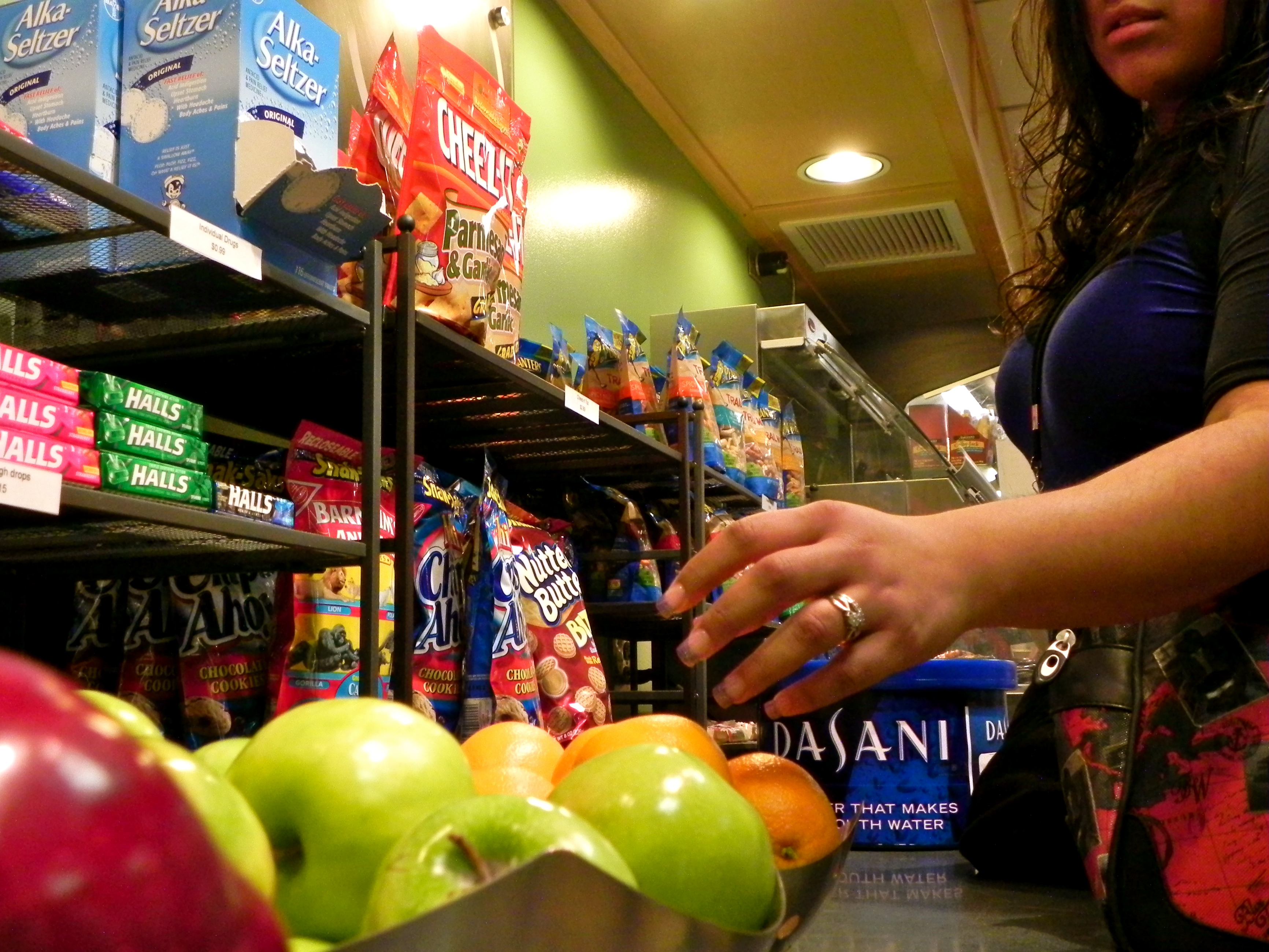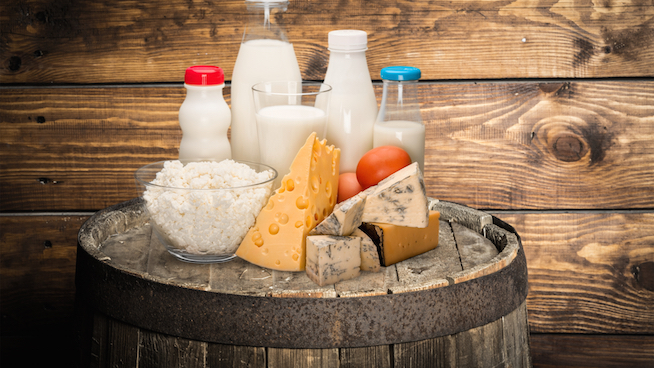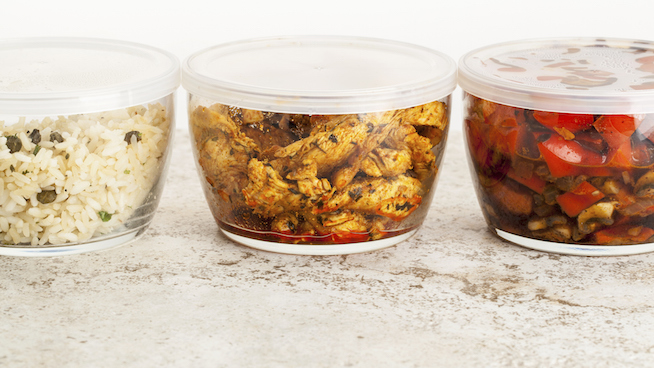Proposed Food Labels Will Make It Easier to Eat Healthy
Many athletes find eating healthy a challenge due to misleading advertisements and confusing food labels. What’s an athlete to do when a McDonald’s cheeseburger contains more nutritional value than a salad? Fortunately, help may be on the way.
A new government report issued by the Institute of Medicine recommends new labeling for all food. The new labels would present calorie content and nutritional value in an easy-to-read format on the front of all packaging. The proposed label would print calorie content in a large font and use a three-star warning system for trans fats, sugar and sodium.
If a food is high in sodium, but has no sugar or trans fats, it would receive two stars. The star system would help athletes quickly tell the difference between a 150-calorie snack worth eating and a 150-calorie snack that should be skipped.
The proposed food labeling changes are designed not only to help consumers make better food choices, but also to encourage manufacturers to stop hiding sugar and sodium in supposedly healthy food. Some protein bars and nutritional shakes that appear healthy—as conveyed in advertising pitches and labels with pictures of fresh fruits and vegetables—actually contain unhealthy sweeteners. Sugar, which zaps an athlete’s energy and causes unwanted weight gain, won’t be able to hide in so-called health foods any longer if the proposed label changes take effect as regulations.
Meantime, it’s important to consult the nutrition label of every food you eat. Never assume anything is good for you because of its appearance. And, of course, follow the Healthy Eating section of the STACK Blog for great recipes and ideas to take your diet to the next level.
Photo: Voices of Utah
RECOMMENDED FOR YOU
MOST POPULAR
Proposed Food Labels Will Make It Easier to Eat Healthy
Many athletes find eating healthy a challenge due to misleading advertisements and confusing food labels. What’s an athlete to do when a McDonald’s cheeseburger contains more nutritional value than a salad? Fortunately, help may be on the way.
A new government report issued by the Institute of Medicine recommends new labeling for all food. The new labels would present calorie content and nutritional value in an easy-to-read format on the front of all packaging. The proposed label would print calorie content in a large font and use a three-star warning system for trans fats, sugar and sodium.
If a food is high in sodium, but has no sugar or trans fats, it would receive two stars. The star system would help athletes quickly tell the difference between a 150-calorie snack worth eating and a 150-calorie snack that should be skipped.
The proposed food labeling changes are designed not only to help consumers make better food choices, but also to encourage manufacturers to stop hiding sugar and sodium in supposedly healthy food. Some protein bars and nutritional shakes that appear healthy—as conveyed in advertising pitches and labels with pictures of fresh fruits and vegetables—actually contain unhealthy sweeteners. Sugar, which zaps an athlete’s energy and causes unwanted weight gain, won’t be able to hide in so-called health foods any longer if the proposed label changes take effect as regulations.
Meantime, it’s important to consult the nutrition label of every food you eat. Never assume anything is good for you because of its appearance. And, of course, follow the Healthy Eating section of the STACK Blog for great recipes and ideas to take your diet to the next level.
Photo: Voices of Utah













